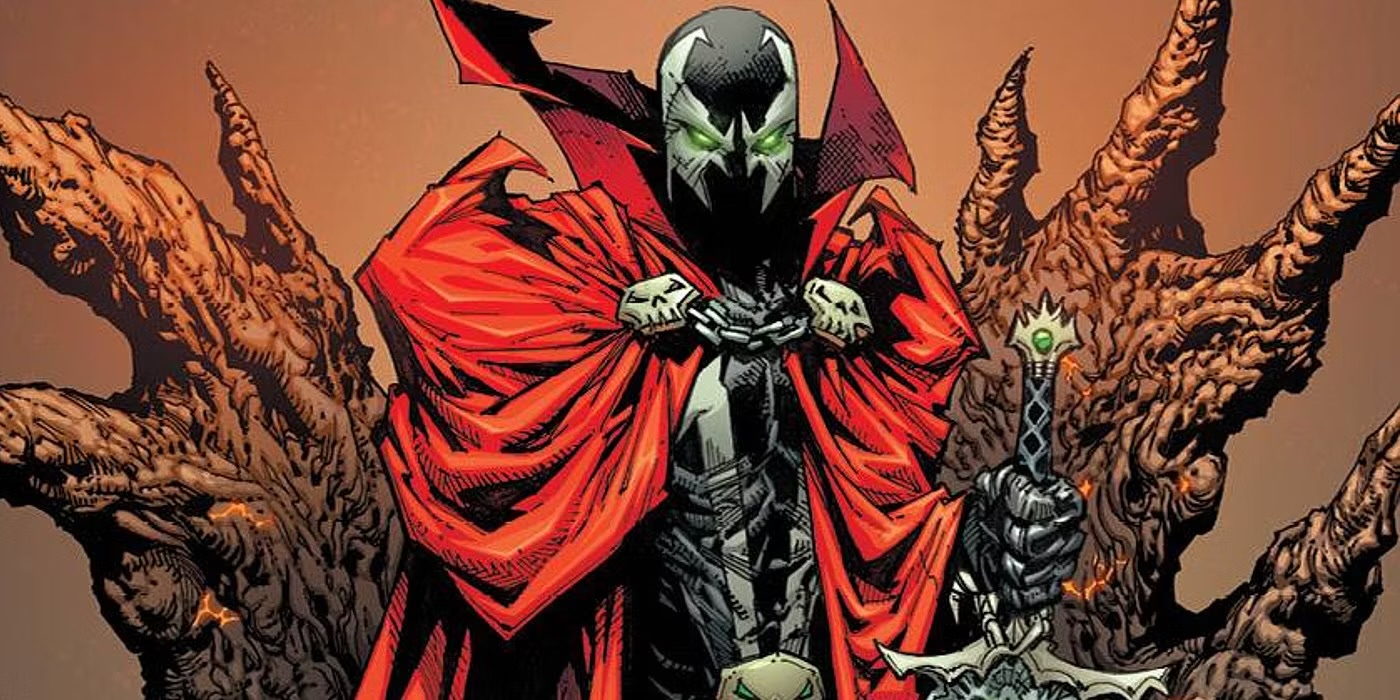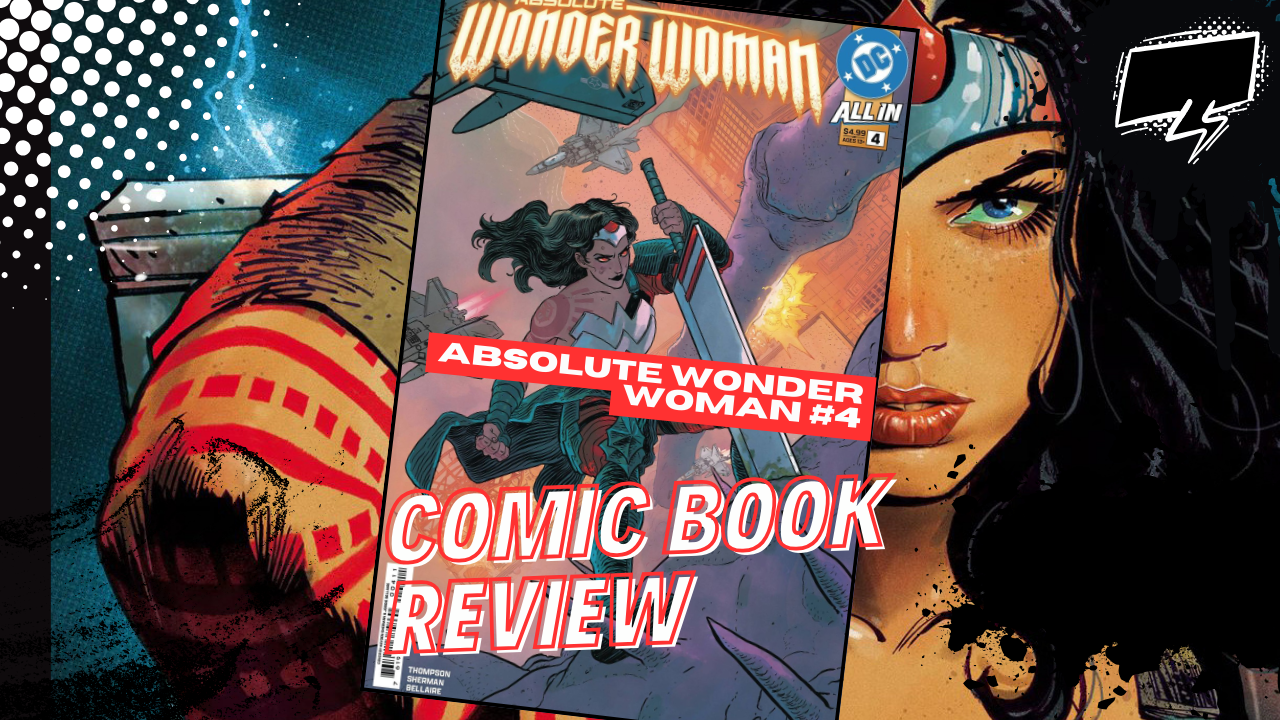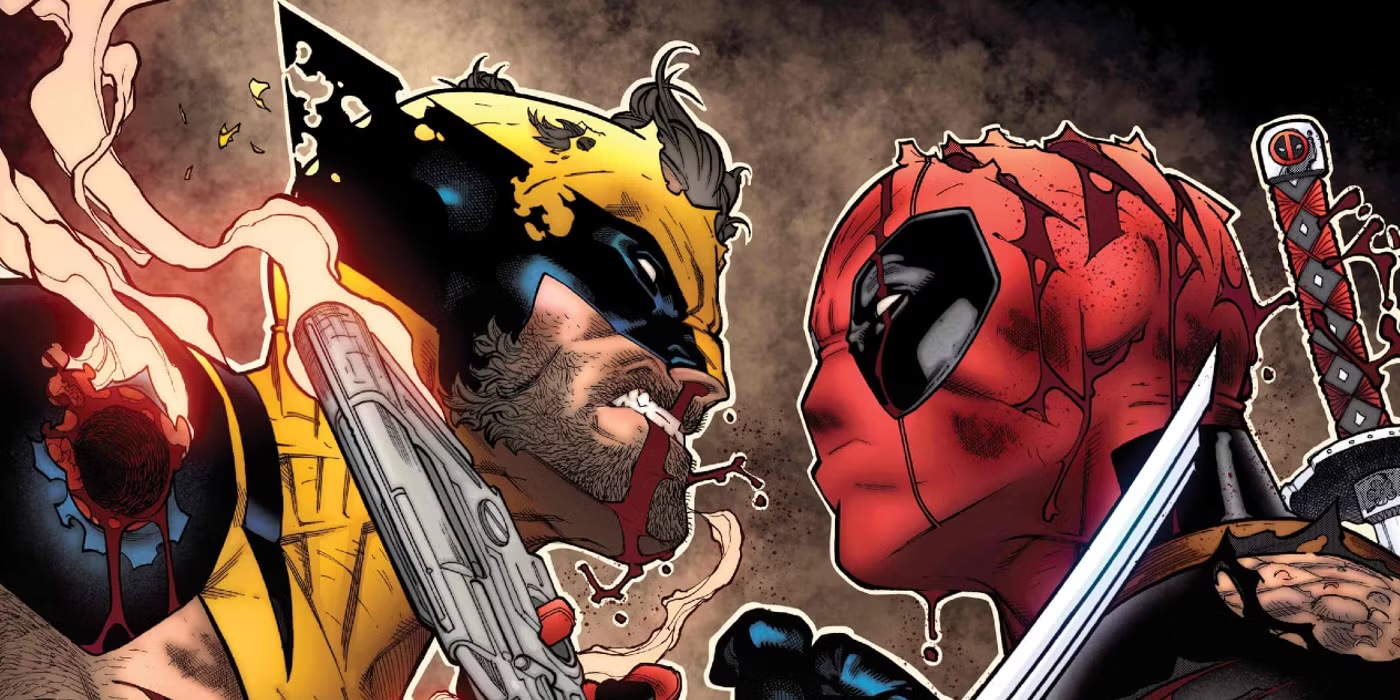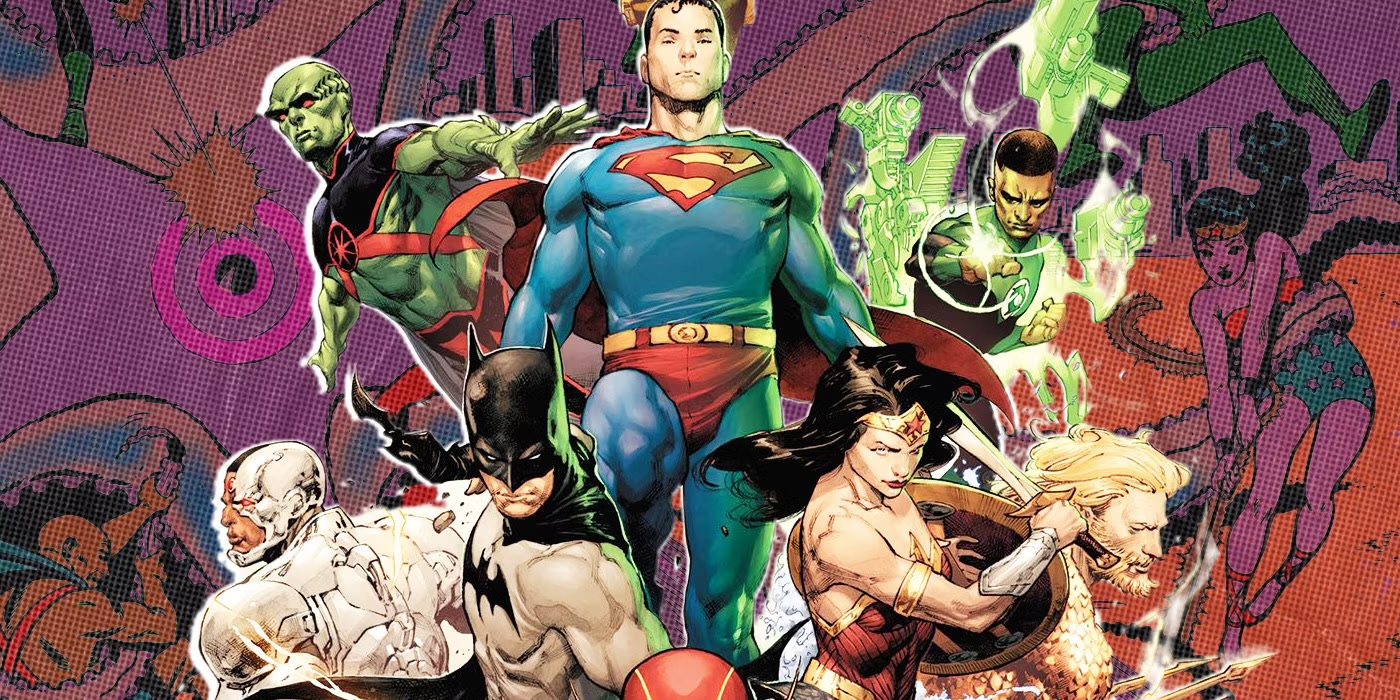Spawn, the brooding antihero of the comic book world, emerged from the twisted imagination of Todd McFarlane, forever altering the landscape of the industry. From its groundbreaking debut in the early ‘90s to becoming a multimedia phenomenon, Spawn’s journey is a captivating tale of artistic vision, industry shifts, and the triumph of independent creation. Join us as we delve into the intricate history of Spawn, exploring its origins, impact, and enduring legacy.
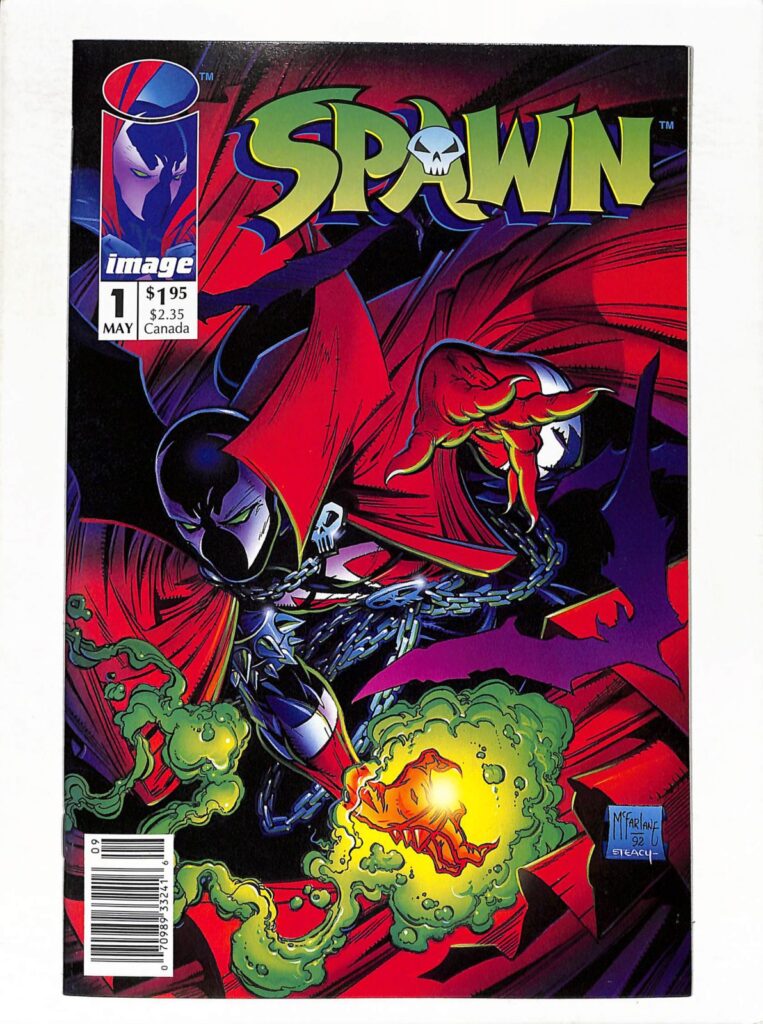
Spawn made his first appearance in Spawn #1, published by Image Comics in May 1992. Todd McFarlane, already a renowned artist for his work on Spider-Man, co-founded Image Comics with other industry heavyweights like Jim Lee and Rob Liefeld. Motivated by a desire for creative control, McFarlane introduced readers to Al Simmons, a government assassin betrayed and sent to Hell. The deal he strikes with the demonic Malebolgia transforms him into Spawn, a Hellspawn tasked with leading Hell’s army in the impending Armageddon.
Spawn’s debut coincided with the formation of Image Comics, a publishing company founded by superstar artists seeking to break away from major comic book publishers. McFarlane’s vision for Spawn embodied the rebellious spirit of this movement, challenging the traditional superhero mold. The character’s design, marked by chains, spikes, and a flowing cape, epitomized the edginess of ’90s comics and captured the imaginations of a new generation of readers.
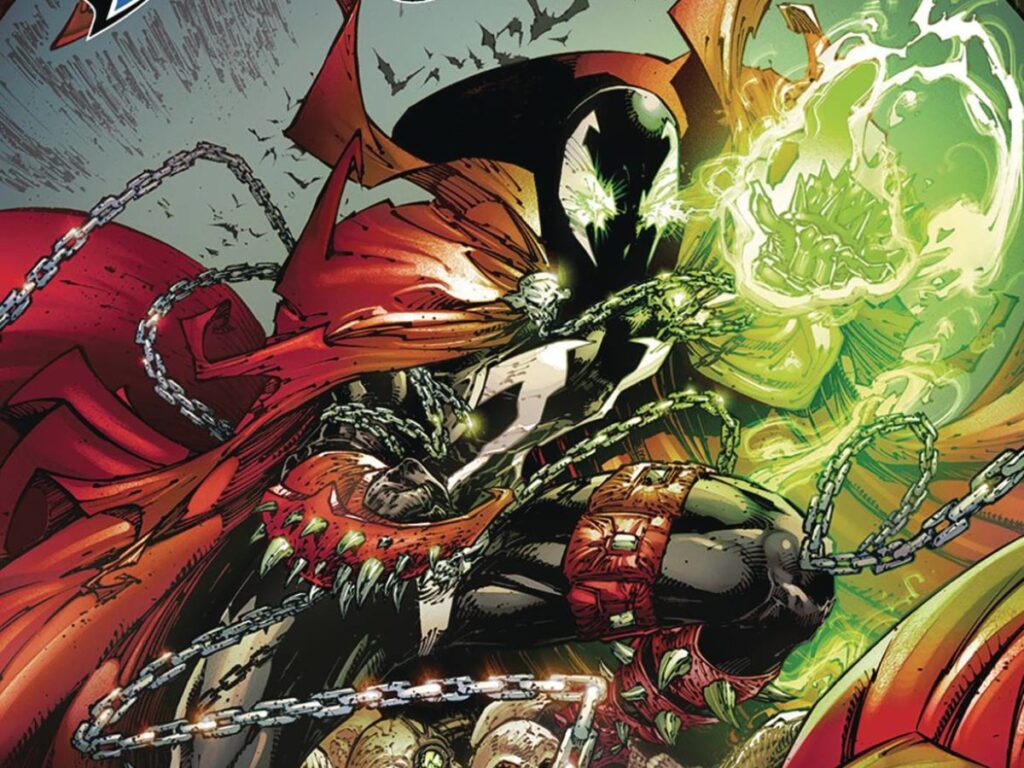
Spawn #1 shattered sales records, becoming an overnight sensation. The demand for this inaugural issue was so high that subsequent printings followed, further fueling Spawn’s popularity. The character’s brooding demeanor and the mature themes explored in the series resonated with readers seeking a departure from conventional superhero narratives. Spawn’s success extended beyond comics, with action figures, an animated HBO series, and a feature film in 1997, solidifying his status as a pop culture phenomenon.
As the writer and artist behind Spawn, Todd McFarlane crafted a unique visual style that defined the series. His intricate and atmospheric artwork, marked by dynamic poses and intricate detailing, set Spawn apart from other comic book heroes. McFarlane’s storytelling, coupled with his commitment to pushing artistic boundaries, contributed to the series’ longevity and cult following.

Spawn’s narrative evolved over the years, introducing complex arcs that explored themes of redemption, sacrifice, and the consequences of wielding dark power. McFarlane’s willingness to subvert expectations kept the character dynamic, as Spawn transitioned from an agent of Hell to a force battling supernatural threats, all while wrestling with his own tortured past.
Spawn’s impact on the comic book industry is immeasurable. Beyond its commercial success, the series demonstrated that creators could thrive independently, outside the confines of established publishers. Spawn’s enduring legacy is evident in the continued publication of the series, McFarlane’s successful career in toy design, and the inspiration it provided to subsequent generations of comic book artists and writers.
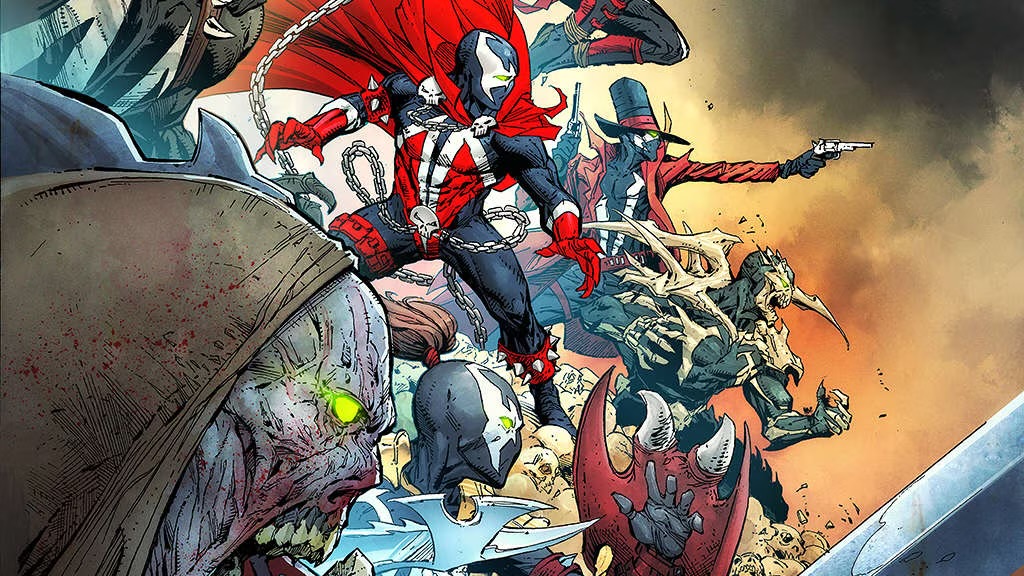
Todd McFarlane’s entrepreneurial spirit extended beyond comics. In addition to overseeing the Spawn comic series, he founded McFarlane Toys, a company known for its detailed action figures that revolutionized the collectibles market. McFarlane’s success as both a creator and entrepreneur showcases the diverse impact Spawn has had on the broader entertainment industry.
Spawn experienced a resurgence in the 2010s with McFarlane’s return to writing and illustrating the series. Plans for a Spawn film reboot were announced, with McFarlane directing and promising a darker, more horror-focused take on the character. This new era exemplifies Spawn’s enduring relevance and McFarlane’s commitment to evolving the character for contemporary audiences.
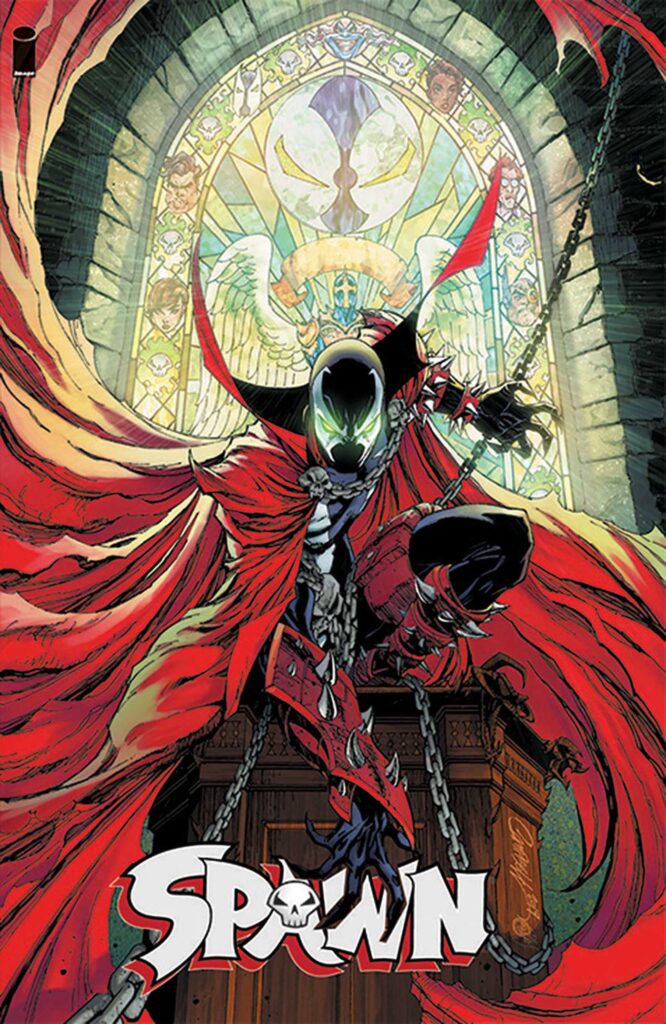
The history of Todd McFarlane’s Spawn is a testament to the transformative power of independent creation within the comic book industry. Spawn’s journey from the dark corners of Hell to becoming a symbol of creative independence has left an indelible mark on the medium. As Spawn continues to evolve and adapt to the ever-changing landscape of comics and entertainment, its legacy remains an enduring beacon for those who dare to defy the status quo.

